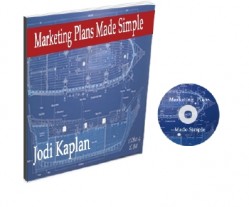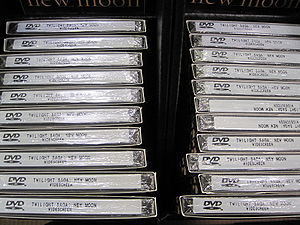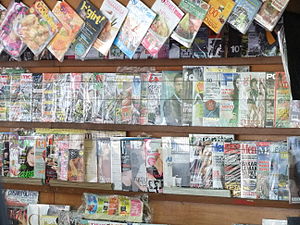
Image via Wikipedia
Have you found your why? Do you you know why people should buy from you? And is that “why” directed at your potential customers, or only at your own needs?
A tow truck may not seem like an obvious marketing example. After all, when you need one, you want whoever can come quickly, and you don’t have a lot of time, or patience, to think about it much.
Find Your Why
The thing is, that even a tow truck company can stand out. Or, not.
Here’s what I mean.
Driving down the highway this weekend (well, being a passenger), I spotted a tow truck that said, “All collisions and auto repair.”
It does state what it does. But what it doesn’t do is tell anyone who sees the truck “why.”
“Why” you
Why choose that company over any other? Do they specialize in a particular brand of car? Or type of repair? What makes them any different from the hundreds of other auto and collision businesses in Westchester or anywhere else?
Find a clear difference
There were no specific reasons. No “because.” No choose us because we specialize in Hondas, or choose us because we’ll loan you a car while we fix yours.
Is it worth spreading?
Another problem. There was nothing particularly remarkable about them. The truck, the signs, the service was just like every other tow truck I’d ever seen. That “why” should not only be a reason, but (preferably) a great reason. A reason so wonderful that it gets people talking about your company.
What if the tow truck company did something no other company does? For example, they not only fixed your car, they cleaned and detailed it (no extra charge). Or maybe they leave a box of chocolates on the seat.
Focus on the customer
I saw another truck recently for a distributor of paper products (it looked like they sold to hotels and restaurants). The truck had two calls to action, one of which was something like, “Call us and save.” Not exciting, but serviceable. The other one was more problematic. It said, “If you’re using someone else, we’re both losing money.”
I have no need for their products, but I don’t know why a potential customer should care whether the company was losing some business to their competitors. If I’m running a hotel or a restaurant, I want to know that I will benefit from their products and prices. I expect the vendor to make a profit, but that’s it.That was “remarkable” marketing, but in the wrong way!




